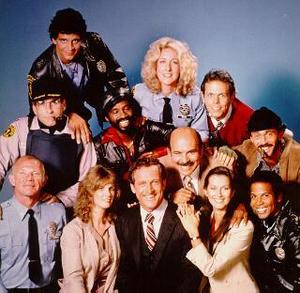I have been running competitively for years now, and I have had my share of injuries. Days off here and there, daily pains that need to be dealt with, and nagging injuries all come with the territory. One of the most frustrating injuries I have ever suffered was my recent Iliotibial Band Syndrome (ITBS).
Early in January I returned to school to start the new semester, as well as start racing during the winter season. I was in better shape than I have been for a while, and I was excited. A week later, I was limping around campus with an annoying pain in my knee. Two months later, I was still hurt, and knew that annoying pain was something a lot more serious. I had suffered ITBS in my right leg, and missed the entire indoor season. Since I couldn’t even walk up a flight of stairs, running was far out of the question. Every time I attempted to run, within three minutes I would get this shard pain on the side of my knee and couldn’t lift my leg. It would get so bad I felt like my leg was going to give out.
It makes sense now. The purpose of the ITB is to stabilize your leg while in motion. Running from the hip to the knee, the band can come irritated and inflamed, causing it to rub against the bones in the knee causing debilitating pain. But what had caused this pain? There was no one thing, but rather a prolonged combination.
For me personally, the type of running I was doing led to my injury. Training for the mile, I was doing a lot of fast running on tight turns. This constant fast, uneven running led to irritation of the ITB. Combined with heavy lifting and hill running, my season was destined for disaster. The reason my injury was so troublesome was the fact I didn’t see it coming, or did the right things to fix it right away. Not recognizing the injury, I ran a race three days after the first day of pain. I tried running for the next 2 weeks, taking it day by day. Not until I took serious time off with proper stretching and icing did my leg start to feel better. It feels good now, but it’s a little too late.
Running on even surfaces is the number one cause of ITBS. One direction on a track, frequent running on hills, or the same direction on a capped road can lead to uneven distribution of weight between the legs, causing one to experience more stress. Because the ITB’s job is to stabilize the leg, it becomes overworked when more stress is induced. The result is irritation and pain that can’t be pushed aside. Poor running form is also known to cause more injuries related to the ITB. Running with an ITB injury is very unwise, and will always result in worsening the condition. Proper precautions need to be taken in order to prevent an injury from ever occurring. Stretching and being conscious of your running style will all help.



